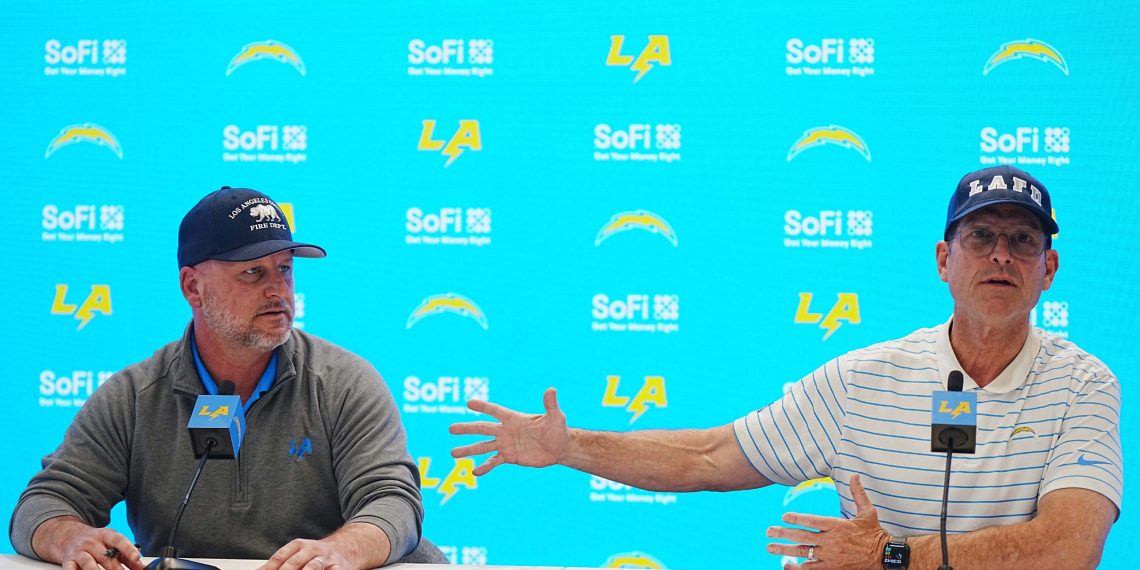Contrasting Strategies
The recent free-agent moves in the NFL highlight two distinct approaches by competing teams. One side has opted for a cautious path in addressing their wide receiver needs, while another has chosen to make a bold investment aimed at accelerating a young quarterback’s development.
A Calculated Free-Agent Approach
In a decision that underscores a risk-averse philosophy, leadership opted not to engage in an expensive bidding war for a veteran receiver. Instead, the focus was on a one-year contract valued at $3 million to secure a familiar face with proven connections on the field. This approach minimizes long-term financial risk and offers stability for the team’s current offensive framework.
Supporting Emerging Talent
In contrast, a rebuilding organization has taken a gamble by allocating a significant portion of their budget—a three-year commitment worth $69 million—to sign a wide receiver with substantial upside. This bold move is designed to provide additional support for their rising franchise passer, with the expectation that injecting high-caliber talent will significantly boost the young quarterback’s development and broaden his offensive options.
Veteran Chemistry and Projectability
The veteran receiver re-signed on the shorter deal arrives with a distinctive advantage. Having accumulated thousands of practice reps working with his quarterback, his immediate compatibility on the field is evident. This established rapport with the signal-caller offers a level of predictability and productivity that is often hard to replicate. The team’s decision allows them to allocate future resources, potentially using valuable draft capital in areas where additional depth is needed.
The contrasting strategies underscore a broader narrative in the league—while some teams embrace risk in the hope of rapid rewards, others prefer to build incrementally around familiar talent. Both approaches carry their own set of challenges and potential benefits, reflecting the diverse philosophies within the NFL.









